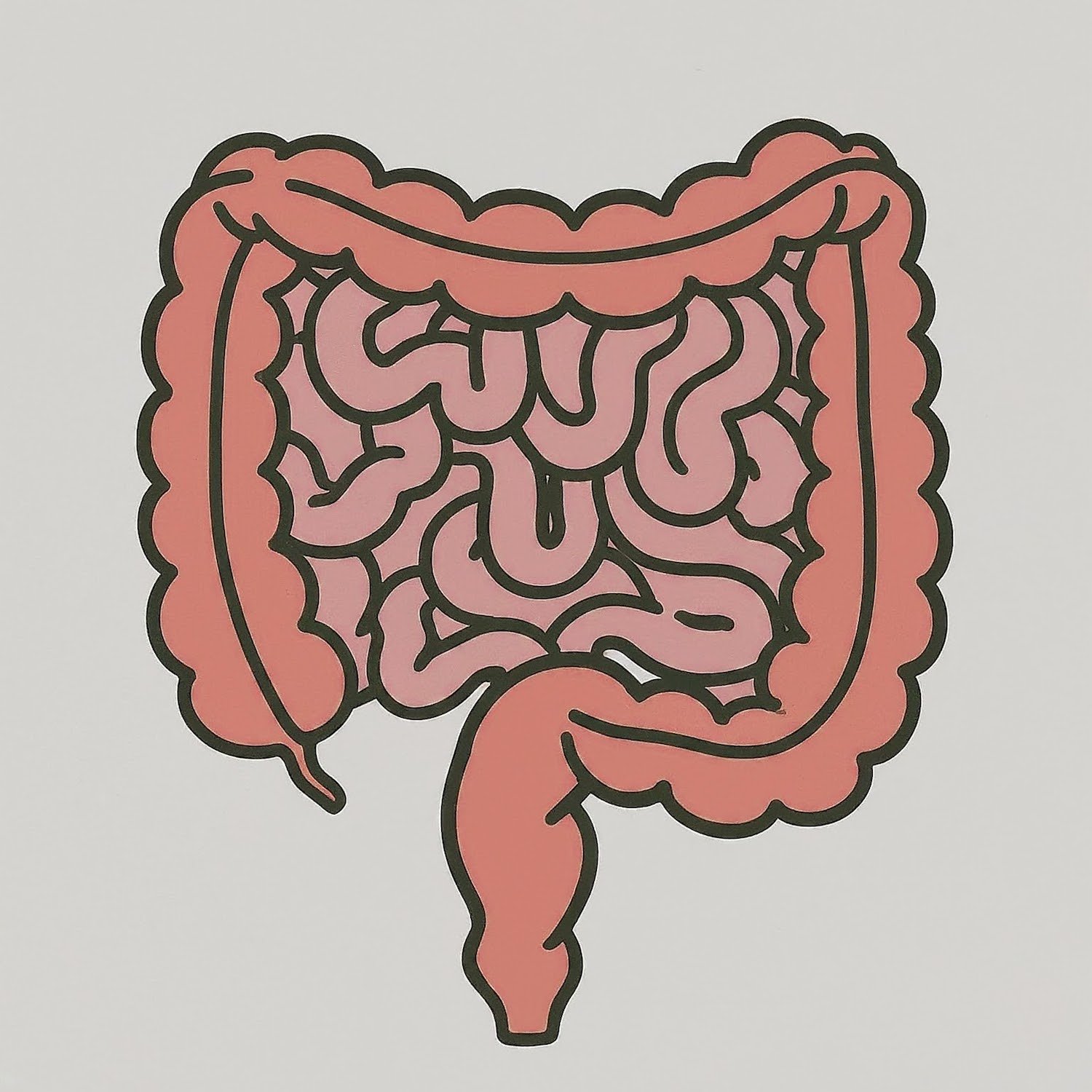Small bowel obstruction is a blockage of the small intestines. It was recognized as early as the sixth century B.C. by Susruta. From then until recently, intestinal obstruction was recognized only in connection with a strangulated hernia. Owen Wangensteen focused on intestinal obstruction in 1942 and stated that J.A. Hartwell and J.P. Hoguent had conducted the first important experimental study on intestinal obstruction in 1912. Hartwell and Hoguent had worked with dogs, causing them to have intestinal obstructions, and then treating them with large amounts of subcutaneous saline.
Etiology
- MCC: adhesions (60% of cases in the U.S.)
- Classification of etiologies
- Extraluminal
- Adhesions
- Hernias
- Carcinomas
- Abscesses
- Intrinsic to bowel wall: primary tumors
- Intraluminal
- Gallstones
- Enteroliths
- Foreign bodies
- Bezoars
- Radiation enteropathy
- Extraluminal
- Etiologist by popularity
Epidemiology
History
- Colicky abdominal pain, occurring at 4-5 min intervals (more common if proximal)
- Nausea (more common if proximal)
- Vomiting (more common if proximal)
- Abdominal distention
- Obstipation, later on
- ± Diarrhea, early on
Physical Exam
- Abdominal distention
- Localized tenderness, rebound, guarding → suggests peritonitis – possible strangulation
- Dehydrated appearance
- Tachycardia
- ± Hypotension, rare
- ± Shock, rare
- ± Fever → suggests possible strangulation
Labs
- Patients with SBO should have have serum sodium, chloride, potassium, bicarbonate, and creatinine drawn routinely in order to assess fluid resuscitation
- Proximal obstruction
- Dehydration
- Hypochloremia
- Hypokalemia
- Metabolic alkalosis
- Distal obstruction
- Electrolyte abnormalities are less dramatic
- Hemoconcentration
- Oliguria: urinary output < 400 mL/day OR < 20 mL/hr
- Azotemia: elevation of nitrogenous products; BUN 7-21 mg/dL, Cr in blood, other secondary waste products within the body
- Lactic acidosis → suggests intestinal ischemia/necrosis
- Leukocytosis → suggests possible strangulation
Imaging
- Abdominal X-ray
- Imaging of choice
- 86% accurate
- Supine X-ray: dilated loops of small intestine, without evidence of colonic distention
- Upright X-ray: multiple air-fluid levels, which often layer in stepwise pattern
- May demonstrate the cause of obstruction (e.g., foreign body, gallstones)
- Abdominal CT with IV contrast
- 95% sensitive and specific
- Less sensitive in patients with partial SBO
- Dilated bowel loop > 2.5 cm is concerning for high-grade SBO
- Can identify transition point in 93% of cases
- Helpful in determining extrinsic causes of SBO and strangulation
- Barium studies
- US
Treatment
- IVF: isotonic saline such as LR
- Urine output should be monitored by Foley catheter. Once the patient produces adequate urine, KCl can be added to the infusion, if needed.
- Serial electrolytes, hematocrit, and WBC are done to assess fluid reflection
- NG tube decompression: empties stomach and prevents pulmonary aspiration
- Broad-spectrum IV antibiotics are given by some surgeons (no evidence to support use in nontoxic-appearing patients or those with suspected bacterial overgrowth of SI); should be administered preoperatively if patient is undergoing surgery
- Contrast challenge
- Surgery
- Considered after nonoperative management is attempted (for 12 – 24 hrs) and failed
- Etiology determines surgical intervention
- Adhesions: lysis of adhesions
- Hernia: manual reduction and closure of defect
- Malignant tumor: nonoperative management; intestinal bypass of obstructing lesion
- Intraabdominal abscess: percutaneous drainage of abscess; laparotomy; laparoscopy
Relevant Information
- SBOs make up 80% of all bowel obstructions.
- Third spacing occurs when water and electrolytes accumulate intraluminally and in the bowel, which also accounts for the dehydration and hypovolemia
- Flora of the small intestine changes with obstruction. Escherichia coli, Streptococcus faecalis, and Klebsiella spp. are most common.
- A proper physical exam should be conducted to rule out incarcerated hernias in the groin, femoral triangle, and obturator foramen
